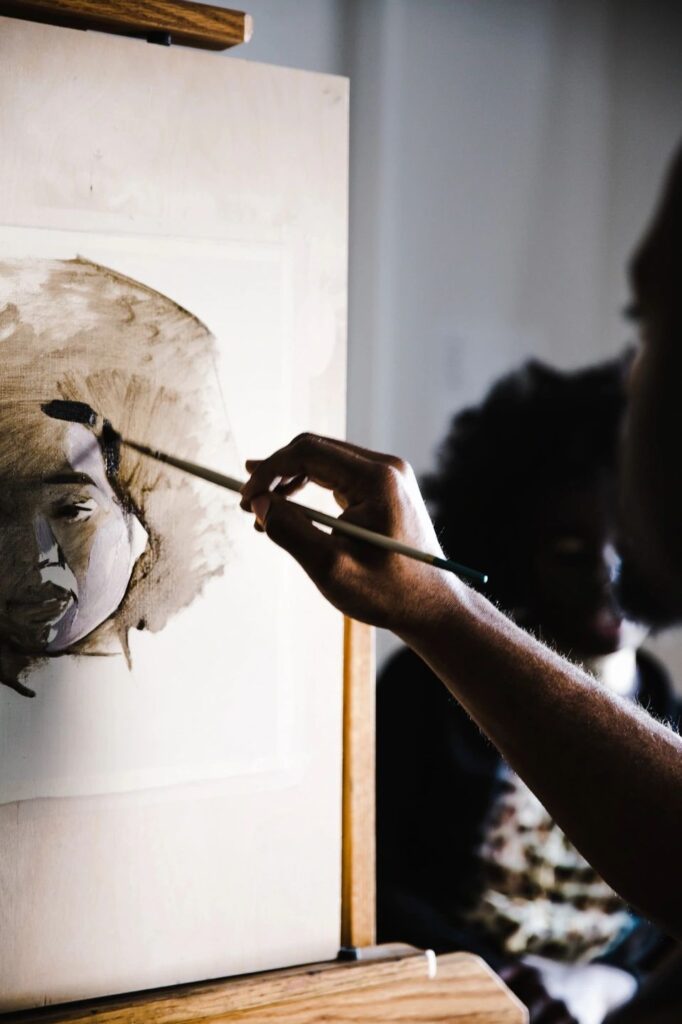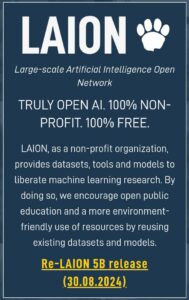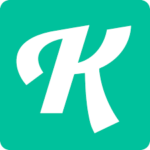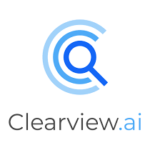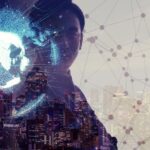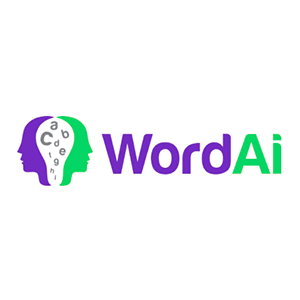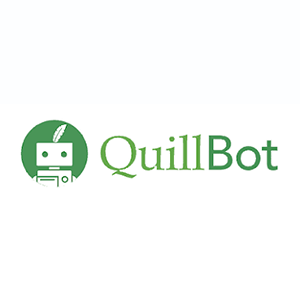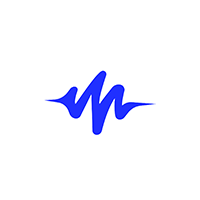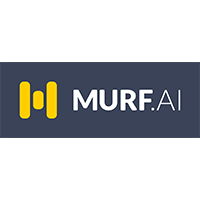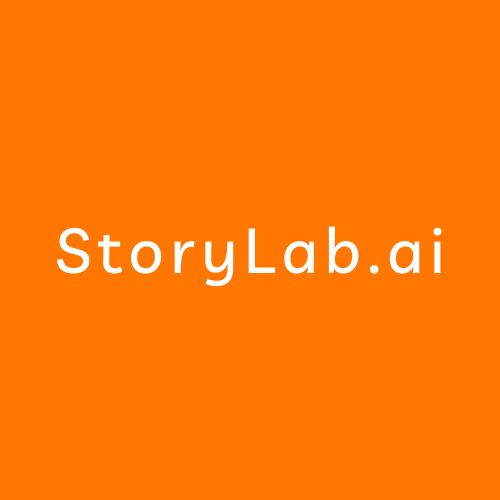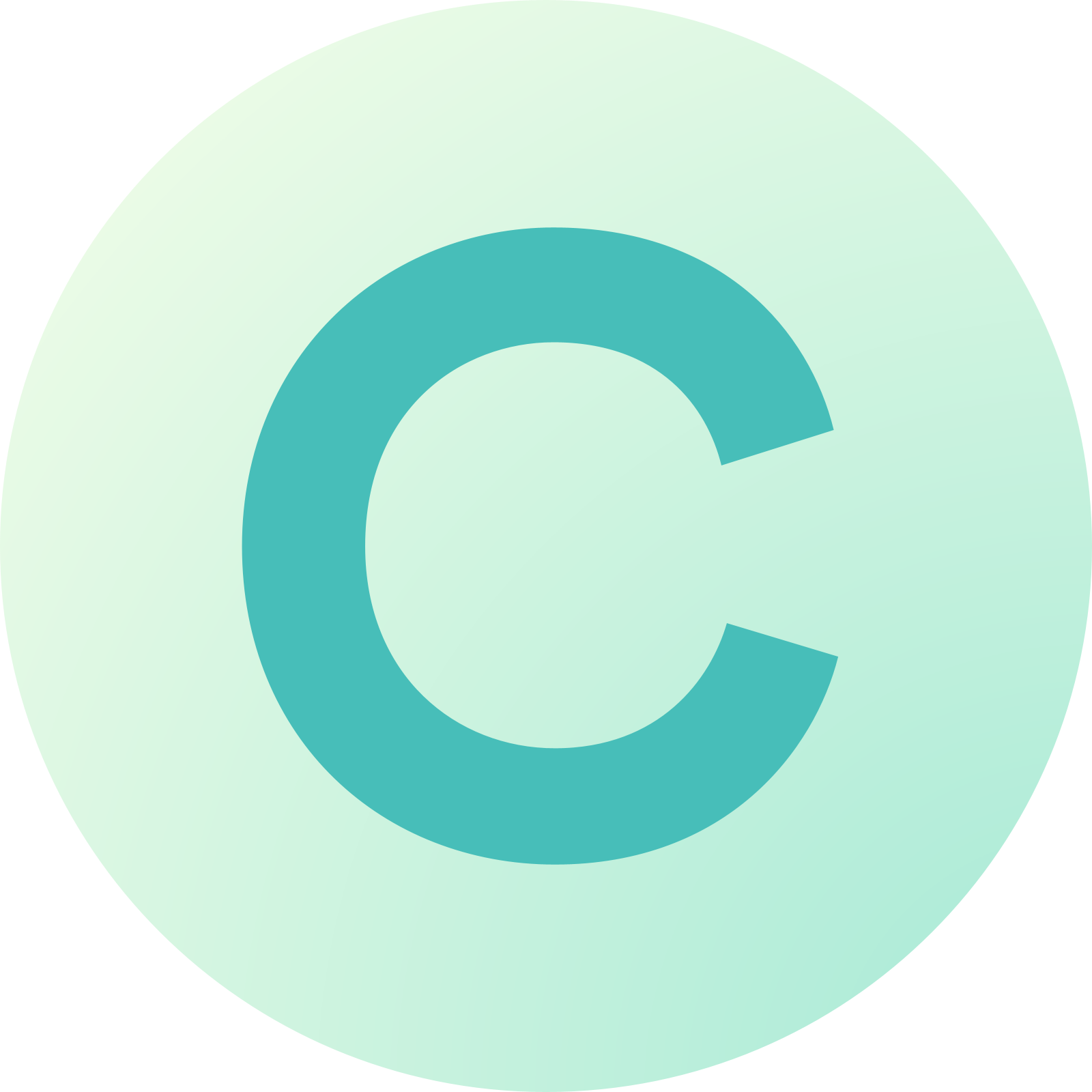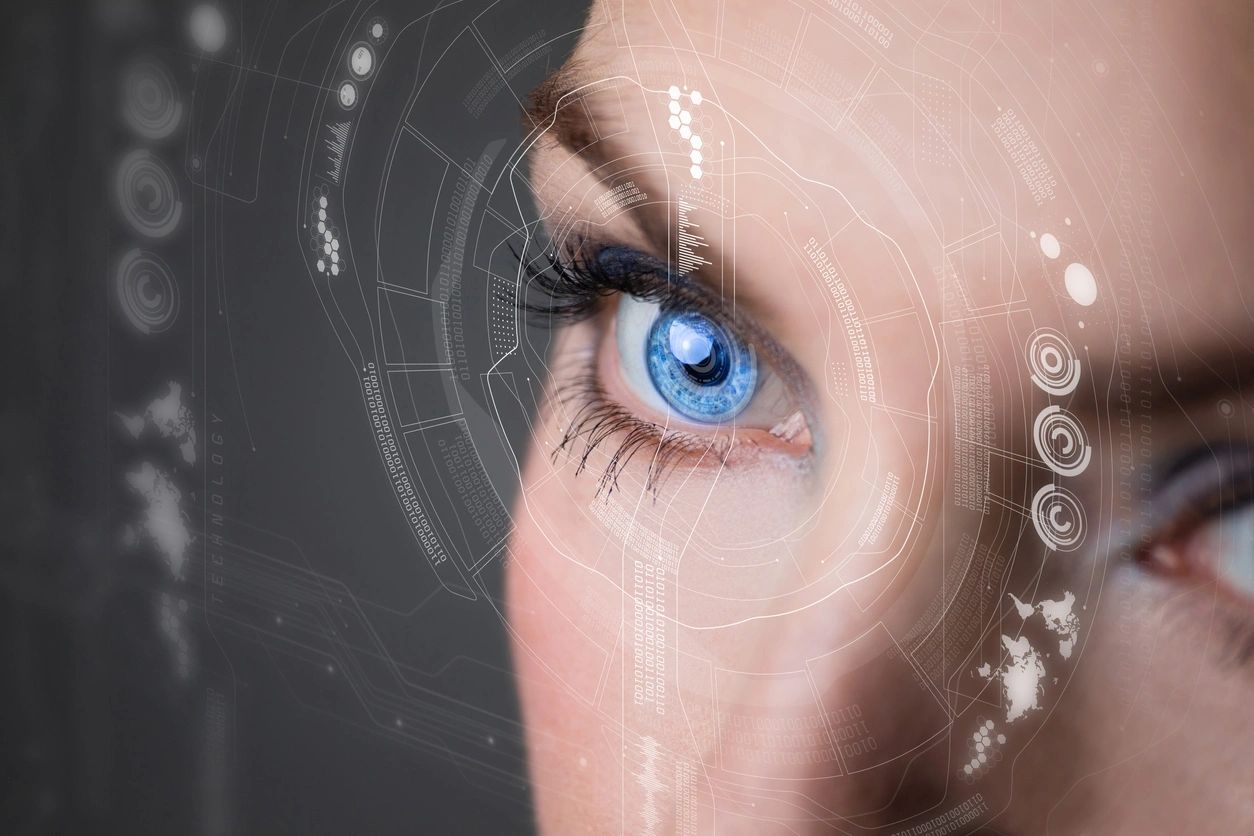In the ongoing debate about the role of artificial intelligence in creative fields, renowned science fiction author Ted Chiang offers a compelling argument against the notion that AI could ever produce true art. Chiang, celebrated for his thought-provoking works like the novella “Story of Your Life,” which inspired the film “Arrival,” has also written extensively on the ethical and philosophical implications of AI. His latest piece, published in The New Yorker, delves into the limitations and dangers of generative AI, particularly in the realm of artistic creation.
Chiang asserts that, no matter how advanced generative AI becomes, it will always fall short of creating what can genuinely be considered art. He argues that while AI has made significant strides in mimicking human language and producing text or images that superficially resemble creative works, these outputs lack the essential qualities that define true art.
In his view, the success of large language models (LLMs) like those powering generative AI tools is more about “lowering our expectations” than pushing creative boundaries. Chiang suggests that these technologies dehumanize us by reducing the creative process to mere data processing, thereby undermining our inherent ability to create and find meaning in art.
The Nature of Artistic Creation
Chiang acknowledges that defining art is inherently challenging, yet he provides his perspective: art is the result of making a multitude of choices, each infused with intention and personal experience. These choices are not just technical or aesthetic decisions; they are acts of communication between the creator and the audience, rooted in a shared human experience.
In contrast, generative AI operates as an “auto-complete algorithm,” assembling outputs based on patterns in existing data rather than through any meaningful interaction with the world. While AI can produce works that mimic human art, Chiang argues that these are hollow imitations, devoid of the authentic emotional and intellectual engagement that characterizes true artistic expression.
The Human Element in Art
Central to Chiang’s argument is the idea that art is deeply intertwined with the human condition. We are shaped by our experiences, relationships, and cultural contexts, all of which inform our creative endeavors. This process of bringing meaning into the world is something uniquely human, something that AI, no matter how sophisticated, cannot replicate.
For Chiang, the value of art lies not only in the final product but in the process of creation itself—a process that involves risk, exploration, and the possibility of failure. This is what gives art its power to resonate with others, to evoke emotions and provoke thought in ways that a machine-generated piece never could.
The Future of AI and Creativity
Chiang’s critique serves as a cautionary tale in the rush to embrace AI as a tool for creative production. While AI can undoubtedly assist artists in various ways, from generating ideas to enhancing technical execution, Chiang warns against the temptation to view AI as a replacement for human creativity. He emphasizes that the essence of art cannot be captured by algorithms, as it arises from our lived experiences and our interactions with the world and each other.
In conclusion, Ted Chiang’s argument against AI-generated art challenges us to consider what we value in creative works and to recognize the irreplaceable role of human agency in the artistic process. As AI continues to evolve, it is crucial to maintain a clear understanding of its limitations and to safeguard the human elements that make art truly meaningful.
See also: LAION Removes CSAM Links From Re-Released Dataset Used In Stable Diffusion Training

